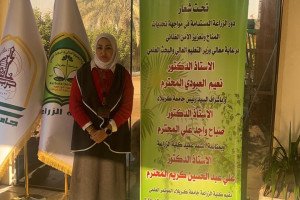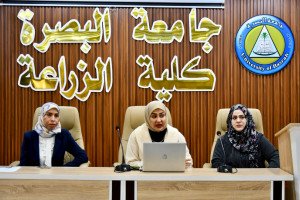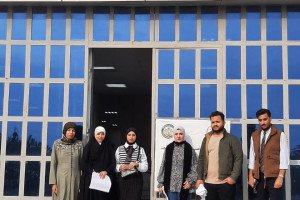
The Master’s thesis in the Department of Food Sciences, College of Agriculture, University of Basrah discussed (studying the qualitative and storage characteristics of the dye anthocyanins extracted from some plant residues and their use in food systems). The best conditions for extracting anthocyanins pigment from the residues of red onion peels, red cabbage leaves, pomegranate peels and eggplant peels, and studying some factors affecting the stability of these pigments when stored for certain periods. Extraction of the dye was using a solvent of 60% ethyl alcohol acidified with 5% citric acid and at a time of 30 minutes, as the dye had high stability and stability when stored under acidic pH numbers and at low temperatures and in the presence of all of the cyclic amino acids, preservatives, monovalent minerals and reducing sugars in When it was sensitive in the presence of both ascorbic acid and hydrogen peroxide, especially when stored in the presence of light and at high temperatures. The study aimed to produce natural colorants with health benefits for consumer health that can be used in food manufacturing and as alternatives to industrial colorants that have negative effects, especially in children. The thesis recommended extracting anthocyanins dye from flowers and roses and even different values of pH to obtain different colors and study the antioxidant activity and microorganisms.







